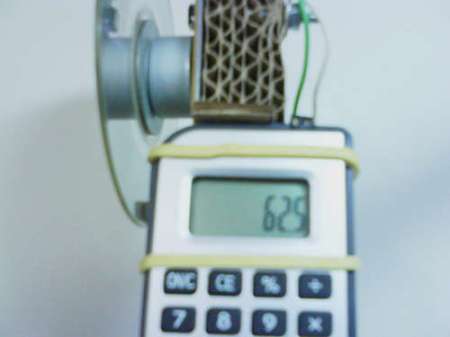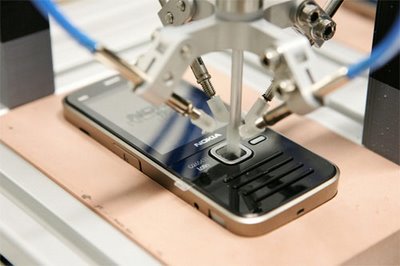
For those out there who would enjoy a quick and interesting weekend project, this odometer made by [PeckLauros] is for you. Featured on Instructables it is made from the simplest of materials including some cardboard, a calculator, wires, glue, hot glue, magnetic drive key, an old CD and a reader, and a rubber band. The magnets, when attached to the CD work in a calculation to add 0.11m to the calculator when a magnet closes the circuit. [PeckLauros] points out that since it is a homebrewed device, it does have flaws such as adding 0.11m twice when the CD is rotated too slowly. It is easily fixed by simply running faster. The video is below the break.


 With the
With the 











